Fashion Disrupted: The Definitive Guide To Zara’s Global Supply Chain
Zero advertising, but a strong bottom line
In September 2016, Microsoft founder Bill Gates slipped to #2 in Forbes’ annual list of the World’s Richest Billionaires. Gates’ premier position, which he had steadfastly maintained for many years, was usurped — if only for a few days — by an Amancio Ortega. In comparison to Gates’ public stature and celebrity, Ortega was a relative unknown and it took market watchers, entrepreneurs and business journalists a few incredulous Google searches to discover that the 80-year-old Spaniard was actually the founder of clothing giant Zara.
On closer inspection though, it seems hardly surprising that a figure as unknown and low-key as Ortega helms one of the world’s largest fashion empires. For one, Zara, in keeping with Ortega’s reluctance to do interviews or court any kind of publicity, invests little to no money in advertising. Unlike competing brands and fashion houses, Zara scarcely appears on billboards; its collections do not figure in fashion shows; neither does it lobby for Vogue’s gilded pages, nor does it associate itself with any celebrities or high-profile fashion designers.
Indeed, it bends all the rules and defies all the conventions that have endured since the time fashion, as it were, emerged from the aristocratic salons and bohemian boutiques of 19th Century Paris, and entered the mass market. And yet, Zara is thriving. With over 2,100 stores across the world and a revenue of $15.9 Billion (2016), it is one of the most valuable companies in the world.
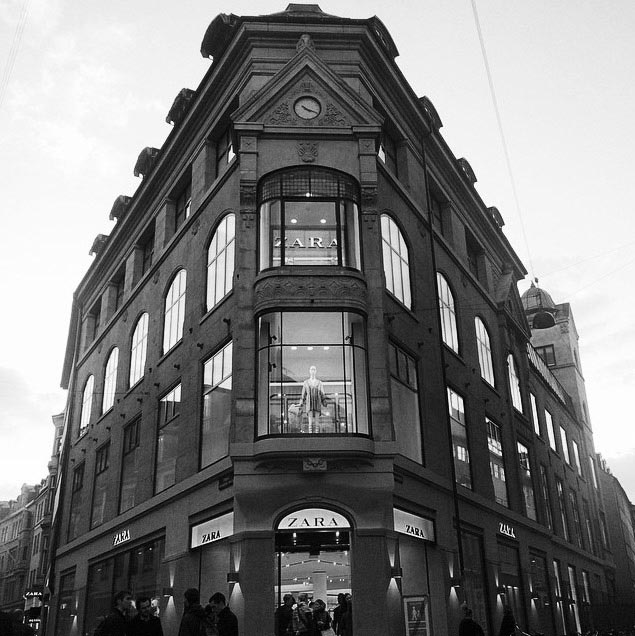
Unlike competing brands and fashion houses, Zara scarcely appears on billboards; its collections do not figure in fashion shows; neither does it lobby for Vogue’s gilded pages, nor does it associate itself with any celebrities or high-profile fashion designers.
So how does Zara do it?
The answer is Fast Fashion. Fast Fashion, pioneered by Zara, is both the dynamo of its success and its most distinguishing factor. In contradistinction, legacy fashion brands, whose products are priced higher, follow the more orthodox and time-honored approach of Seasonal Fashion, wherein the bulk of their inventory is designed and manufactured before the beginning of every season, allowing no room for design improvements or changes mid-season.
Before proceeding, let’s strike a clear distinction between Fast Fashion and Seasonal Fashion clothing. While most apparel brands reserve 80% of their inventory towards Seasonal Fashion clothing, Zara does the opposite, reserving only 50% for its seasonal line and devoting the rest to Fast Fashion items. From hereon, all facts, figures and details will relate to Zara’s Fast Fashion clothing and not the other 50% of its inventory.
What is fast fashion?
Since it came en vogue, Fast Fashion has been adopted by several other brands — H&M, notably, commits up to 20% of its inventory towards Fast Fashion items — with the result that the concept has become elastic and loosely defined. We’ve, however, tried to delineate it by examining its core features.
1. Zara is frugal
Zara’s approach to Fast Fashion can be traced to Ortega’s earliest business venture in 1963 — when he sold quilted bathrobes and lingerie that were inspired from designer brands. To this day, Zara stays true to Ortega’s thrifty design processes. Compared to its competitors, the company does not hire high-profile designers or invest too heavily in crafting wholly original designs. In contrast, its designers, young, anonymous and enthusiastic, work in concert to create and modify designs with strict adherence to market demands.
2. Zara is imitative
Zara’s genius lies in identifying the latest fashion fads; it keeps an army of fashion watchers who keep an eye on what’s trending on runways, what couture brands are producing and what avant-garde designers are exhibiting, and accordingly tailoring its fabrics to stay on top of trends. In doing so, Zara has run afoul of the storied gatekeepers of fashion as well as indie designers. In 2012, luxury brand Christian Louboutin took legal action against Zara for allegedly imitating one of its shoe designs and selling it at half the price. Although the case was dismissed, fashion journalists surmised that Zara manages to steer clear of trouble by tweaking its designs just enough to avoid copyright violations. Similarly, young and emerging designers have railed against Zara for selling alleged knockoffs of their work.
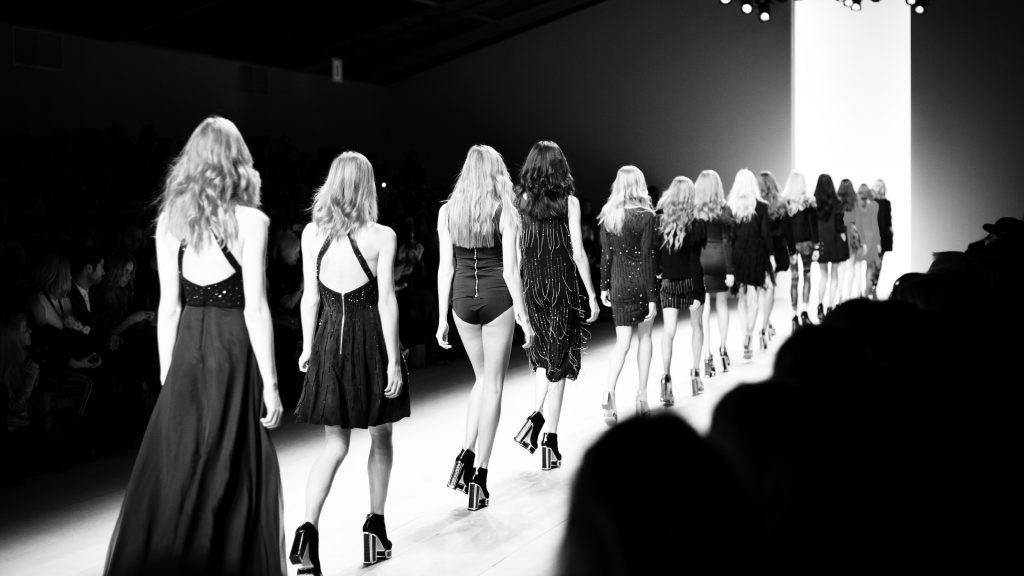
3. They’re responsive
If you had been shopping for jeans at any of Zara’s outlets in New York City in the later months of 2001, chances are that you purchased a pair that was black in color. This isn’t mere coincidence; instead, it is a part of Fast Fashion’s core strategy. A few days after the September 11 attacks rocked NYC, Zara’s store managers realized that the bulk of their customers were in a sullen mood. The observation was relayed to Zara’s designers, who quickly swung into motion. Only a few weeks later, Zara rolled out a new collection that was entirely in black.
In fashion parlance, turnaround time represents the time it takes for a current collection to be replaced by a new one. For most fashion retailers, the turnaround time is 3-6 months. In comparison, Zara, as it demonstrated in the aftermath of September 11, can push a collection from the canvas to the store shelf in two weeks.
What makes fast fashion so fast?
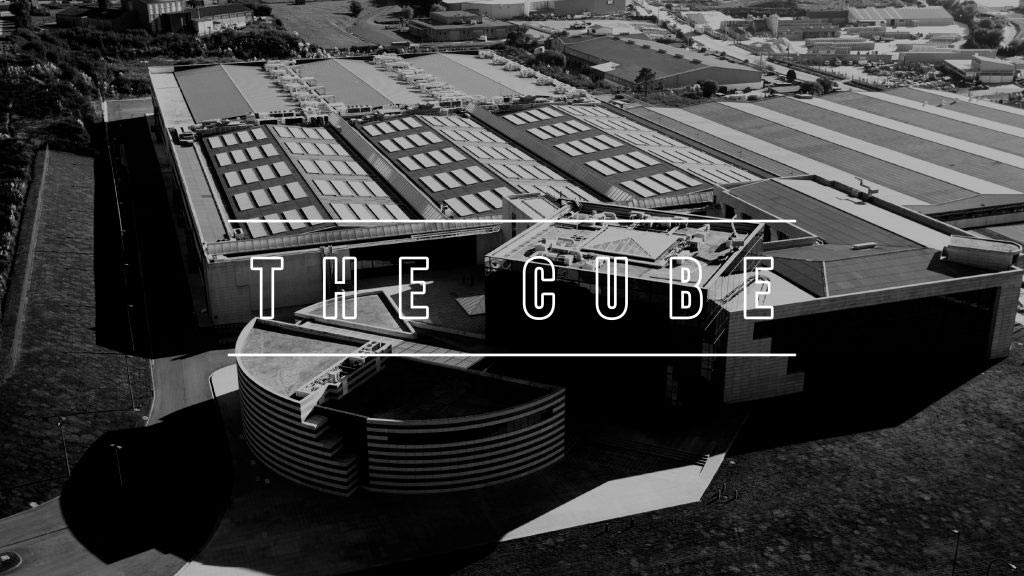
Arteixo is a quiet town located in A Coruña, on the Spanish coastline. With its Galician architecture and historical landmarks, it seems hardly indistinct from the dozens of heritage towns dotting the Spanish countryside. Under its cobbled streets, though, runs a 124-mile-long network of high-speed monorail tracks that converge under a colossal and forbidding megastructure called The Cube. Given its enormity and futuristic design, The Cube seems like something out of the sets of 2001 A Space Odyssey. It is, in actuality, the nerve centre of Zara’s worldwide operations.
The Cube is where Zara’s 200-member design team, its procurement and production teams work in coordination. Tokyo, Mumbai, Rio de Janeiro or London — no matter where you shop, at least 50% of every Zara outlet’s inventory (in other words, its Fast Fashion inventory) begins its course at The Cube.

Fast Fashion is at the very centre of Zara’s strategy; it is what gives it an edge over legacy fashion retailers like Calvin Klein, Armani etc.
The key to understanding Fast Fashion lies in deconstructing this elaborate supply chain that begins at The Cube before spanning out to thousands of Zara stores located across the globe.
How Zara operates the most agile supply chain in the world
There are 5 crucial phases in Zara’s supply chain — Procurement, Supply, Production, Manufacturing, Distribution. And, in keeping with Zara’s distinctive edge, each of these steps makes a decisive departure from the industry norm.
1. Procurement
As mentioned earlier, most fashion retailers commit up to 80% of their inventory at least 6 months before the beginning of the next season. This industry-wide practiced demands that procurement managers make advanced forecasts of the number of clothes that would need to be manufactured in these intervening months. Zara handles procurement differently. It does not forecast the number of finished goods; rather Zara’s procurement team, operating out The Cube, forecasts the quantity of fabric that would be needed to manufacture clothes, before placing orders with the company’s suppliers. This emphasis on fabric over finished goods is rooted in Zara’s Fast Fashion philosophy. Unlike finished goods, fabric does not go waste — it can always be used to sew new clothes. The year-long availability of fabric allows Zara to respond to its customer needs and changes in fashion trends realtime, and manufacture new collections accordingly.
2. Supply
Zara has often been given the moniker of “affordable luxury”. And there’s a reason why — consumers flock to Zara in droves because it sells the same kind of products as the more exclusive fashion brands — only at cheaper rates. One of the reasons why it’s able to keep its prices low is because Zara does not seem to place a premium on fabric quality. Whereas older and posher fashion brands do not tire of emphasizing the quality and provenance of their textiles, Zara prefers buying fabric from suppliers who sell it inexpensively and abundantly.
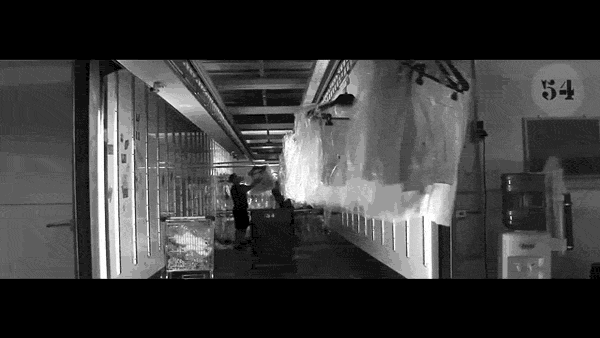
3. Production
This is where fast fashion comes into full effect. After the fulfillment of an order, they send fabric to The Cube. This is where Zara’s team of market specialists, design team and production team coordinate with each other with clockwork precision. All of Zara’s design and production processes operate out of this central location.
At The Cube, market specialists — many of whom previously worked as store managers — man all communications streaming in from store managers stationed across thousands of Zara outlets around the world. Store managers — who are trained specifically to engage customers and suss out their reactions to the clothes on display — relay sales figures and customer feedback on a daily basis to the market specialists. Additionally, inputs are also received from runway watchers and fashion observers who are paid to stay on top of latest trends hitting fashion capitals across the globe.
The information is then conveyed by the market specialists to the design and production teams. Once these inputs are obtained, and conclusions are drawn, the design team gets to work on tweaking its original designs in accordance with the inputs. After ideas are sketched out, all the final tweaks are tabled for consideration — these tweaks typically relate to color or the cut of the design. After the designs are approved by the motley of teams, the torch is handed over to the production team. Often, the time between ideation and approval can be as little as a few hours.
Zara’s production process leaves no room for delay either. This is because, unlike other fashion retailers, Zara colors and dyes its fabric in house. Coloring and dying facilities, located inside The Cube, are deployed, and the supply chain advances to the next stage.
4. Manufacturing
It is, arguably, Zara’s manufacturing methodology that makes it such an outlier. It is common knowledge that almost all major fashion brands outsource their manufacturing to China, and parts of south-east Asia and the Far East. Predictably, Zara follows a radically different approach.
Ortega’s business began in 1975 when he opened the first Zara store in downtown A Coruña. As his business turned into a global fashion empire, he cultivated a circle of his preferred manufacturers located in the area. To this day, Zara uses Ortega’s own factories and those of his earliest associates. These factories manufacture all of Zara’s fast fashion inventory.
Once they cut and colour the sheets of fabric, they ship them to the factories. The 124-mile-long underground track that had been mentioned earlier in this article is not used for ferrying passengers. Instead, they transport fabrics on these high-speed monorails to the 11 Zara-run factories surrounding The Cube.
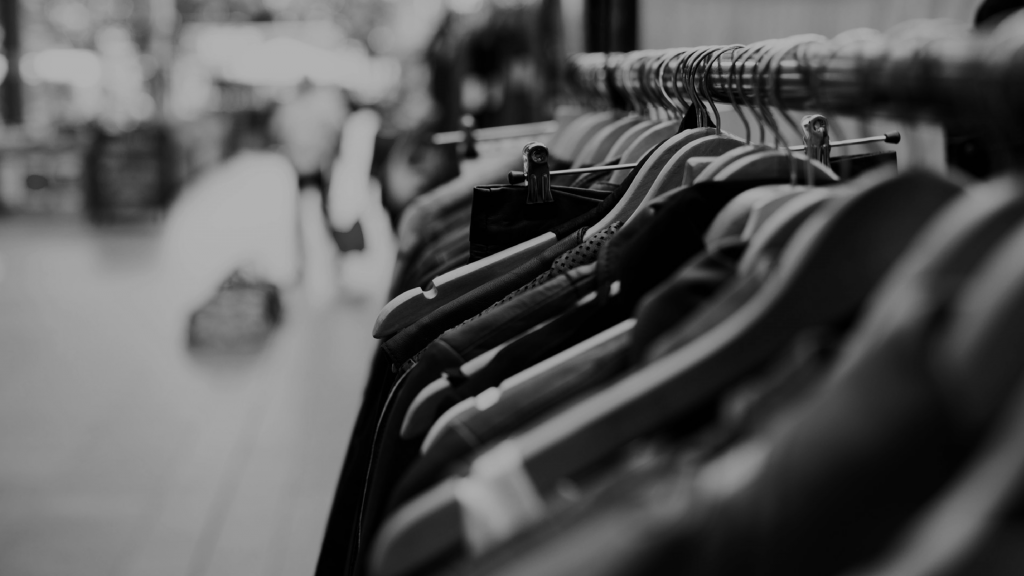
But there’s more. Something which may astonish even more than Zara’s feats in subterranean engineering. At any day or time of the year, up to 85 percent of Zara’s factories could possibly be sitting idle. Indeed, Zara has a peculiar take on capacity utilization. And that’s because when it comes to fast fashion, there are two pivotal factors: time and demand.
5. Distribution
After manufacturing, clothes return to The Cube. As mentioned earlier, The Cube serves the global disruption centre for all of Zara’s fast fashion items. Here, employees inspect, pack and ship clothes to worldwide stores.
Lesson learned: it’s all about Spend Culture
Fast fashion is at the very centre of Zara’s strategy. it is what gives it an edge over legacy fashion retailers and their elaborate ad campaigns. But, Zara dispensed with such marketing practices and pioneered Fast Fashion instead.
Operational efficiency is the reason for Zara’s meteoric rise. In short, Zara spends money on supply chain, not advertising. In this respect, Zara has a predecessor in the automative industry: Toyota. This Japanese company is famous for its lean manufacturing model. It was one of the first companies to look inward and optimize its internal processes, eliminating wasteful and reactive spending.
Central to this analogy between Zara and Toyota is Spend Culture. Historically, companies kept a hawklike vigil over money coming in. But many fail to develop the processes of managing money going out. Spend Culture not only mitigates a company’s spending problems, it brings about fundamental change.
Traditionally, North American companies have been slow to realize the importance of building a Spend Culture in the organization. But, as the world economy grows, more companies have begun looking for new ways to boost their revenue. But, revenue, at the end, is a zero sum game; finding news ways of making money and capturing market share are finite and are reaching a critical mass. For companies to survive in the future, Spend Culture is inevitably the best way forward.
